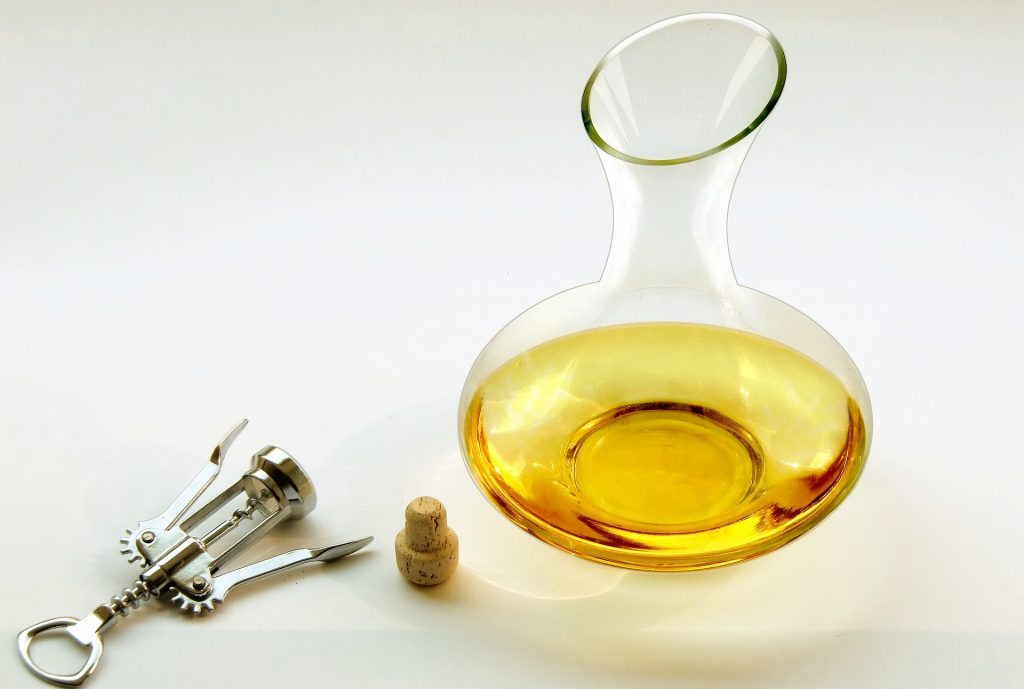Decanting Wine

How and When to Decant Wine
What is decanting?
The act of slowly pouring the wine from the bottle into a different container without disturbing the sediment that has accumulated in the bottle. The decanter should have an easy pour neck and be easy to clean. Overly decorative and custom glass decanters can be difficult to clean. They may have a great visual appeal, but many are quite impractical.
Why decant wine?
There are two basic reasons for decanting wine:
- To separate wine from any sediment that has accumulated in the bottle
- To aerate the wine to enhance aromas and flavors
Which wines need to be decanted?
All wines but sparkling wines can be decanted. However, each wine reacts to decanting differently. The following are some guidelines to follow for decanting wine.
- Most white wines do not need to be decanted
- Full bodied, oaked Chardonnays are the white wines that can be decanted
- Young, full bodied, highly tannic red wines always need to be decanted for at least 60 minutes – i.e. Cabernet Sauvignon, Syrah, Bordeaux, Rioja, Chianti, Super Tuscans
- All red wines should be decanted but light bodied reds such as Burgundy (Pinot Noir) should be decanted for no longer than 30 minutes as they are delicate red wines with lower levels of tannin
- Mature or older wines should be decanted for no more than 30 minutes
Note: It is usually a good idea to take a small taste of wine from the bottle before deciding to decant as this may provide information that will help to determine if decanting is necessary and for how long. Things to focus on are the aromas and flavors along with tannin and acid levels. If the flavors are not as noticeable as expected, decanting will probably enhance them. If the tannin levels are high, decanting will help soften them. If the acid seems too high, decanting may help lessen the impact.
How to decant
- If the bottle has been laying on its side for some time, it will be necessary to let it sit upright for up to 24 hours. This will allow sediment to fall to the bottom of the bottle.
- Open the bottle and be sure to clean the top and neck of the bottle before pouring.
- Pour the wine slowly, keeping the bottle at a 45° angle to the decanter.
- Watch for the wine to either get a little hazy or watch for sediment to start to appear in the wine or on the neck of the bottle. This indicates to stop pouring.
- It is good to leave a small portion of wine containing the sediment in the bottom of the bottle to keep sediment getting into the decanter.
- Sediment will not hurt anyone but can have an unpleasant taste.
